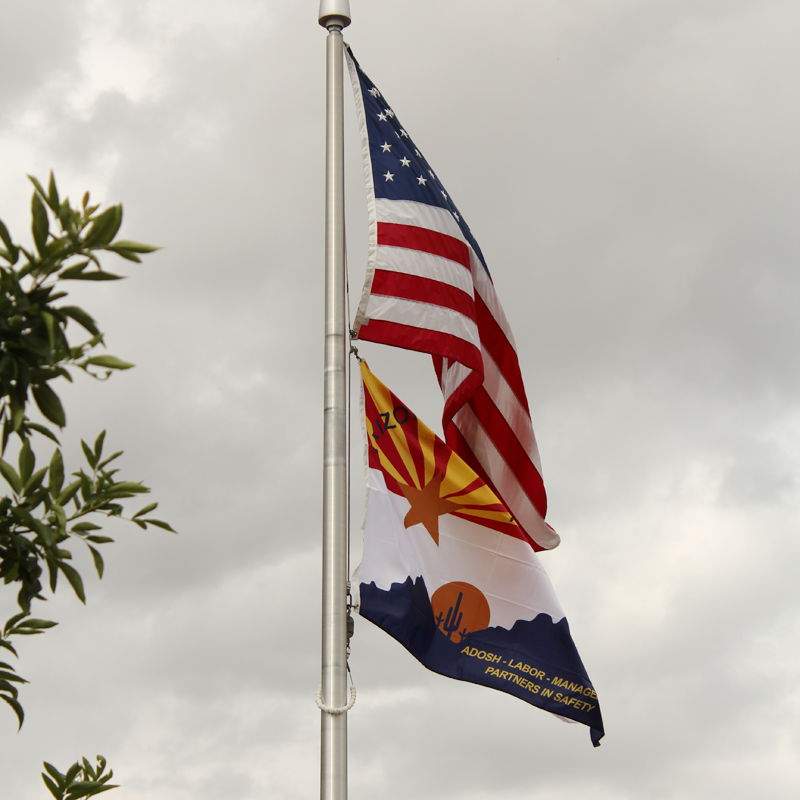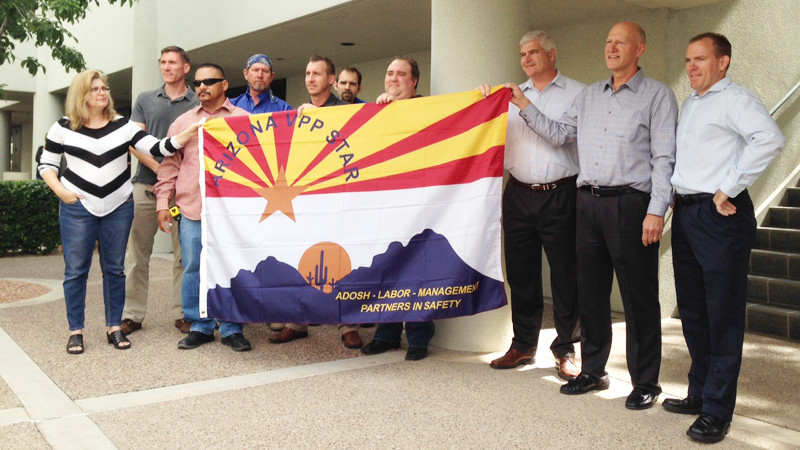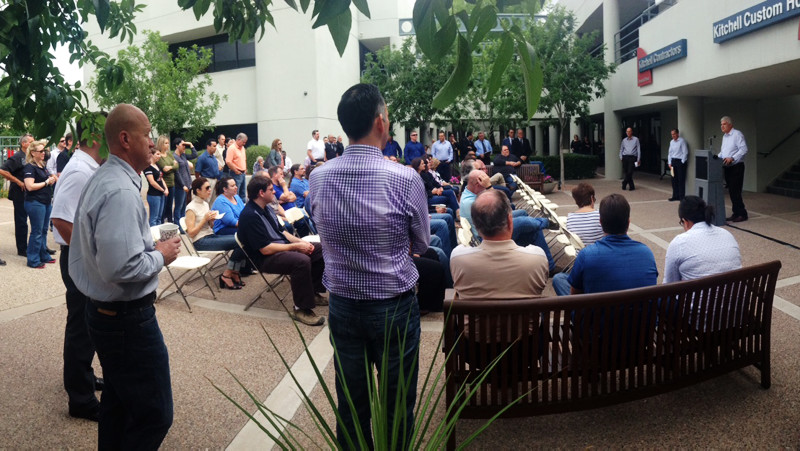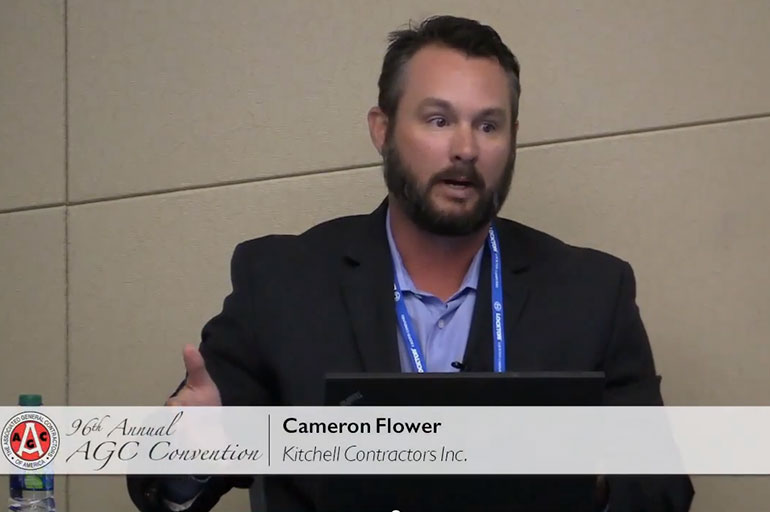Kitchell was awarded a big, and very important, gold star on May 15. Kitchell was formally recognized with the state’s highest safety distinction at our Phoenix headquarters. The Arizona Division of Occupational Safety and Health (ADOSH) designated Kitchell a “STAR Site” through the Construction Voluntary Protection Program “C-VPP.” Companies and jobsites that are awarded the STAR designation demonstrate exemplary and comprehensive safety and health management systems. Kitchell is one of only three construction companies in the state to achieve this designation.
VPP is the Occupational Safety and Health Administration’s (OSHA) highest program of recognition across the United States. It recognizes employers and workers in private and federal workplaces who have exemplified effective safety and health management systems to achieve injury and illness rates that are more than 50 percent below the national average.
At Kitchell, the journey to STAR status began 65 years ago when the company was founded but its most recent efforts, starting in 2013, must be singled out. The entire company rallied together, under the direction of Safety Director Josh Welp and Kitchell’s executive leadership, to wow the auditors at ADOSH. Chandler Regional Medical Center was chosen as a “test” job site and the job team’s execution of safety best practices was flawless. “The job site was immaculate,” said Jessie Atencio, assistant director and consultation and training program manager for ADOSH. “That level of housekeeping is an outward representation of the extensive work and commitment behind the scenes to ensure a safe jobsite.” Atencio also spoke highly about the culture of safety at Kitchell. “Safety is built into the culture of Kitchell,” he said. “They don’t just go through the motions, but really take ownership of their safety and the health and safety of those around them.” Atencio and Bill Warren, ADOSH director, commented on the high level of involvement by management—concerns were addressed in a timely manner—and employee willingness to dive into the VPP process, including site inspections, pre-task planning and peer reviews. “Not only does Kitchell look out for ‘its own,’” said Mr. Warren. “But also the trade contractors were just as important, just as valued. They will now bring their safety knowledge to other jobs they work on.”

“Though our business spans a wide range of services in the built environment, safety is ingrained in our culture, encompassing every facet of our organization from construction job sites to desk positions in our IT department,” said Kitchell CEO Jim Swanson.
“When we undertook the effort to obtain VPP designation we knew it would be a collaborative effort so we’ve left no stone unturned with regards to safety and health.”
To qualify for VPP status, employers must submit an application to OSHA and undergo an on-site evaluation by a team of safety and health professionals. VPP participants and sites earning the “STAR Site” designation are re-evaluated every three to five years in order to remain in the program.



